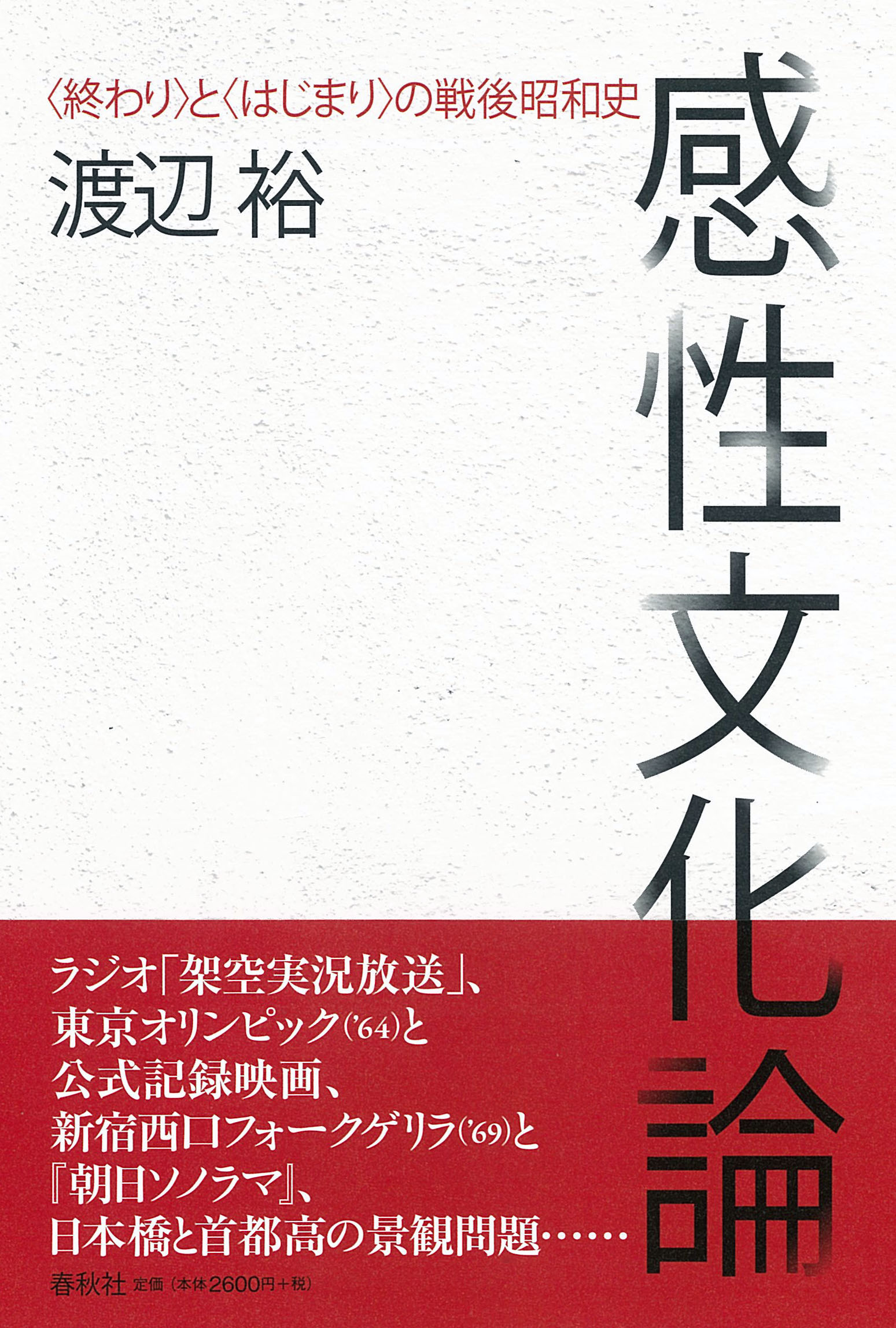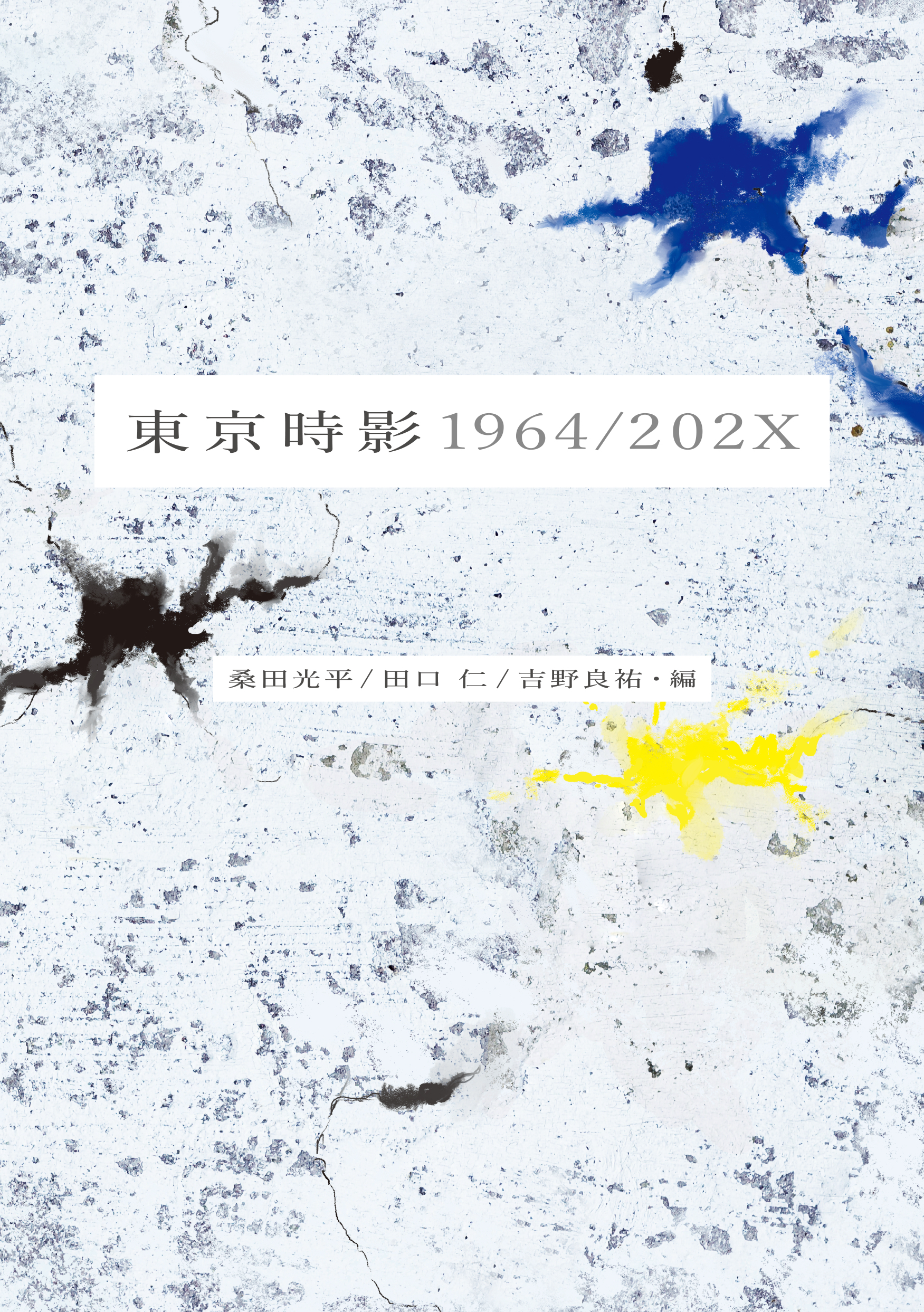
Title
Kansei-Bunka-Ron (An Archaeology of Sensory Culture - A New Look at Postwar Japanese History)
Size
368 pages, 127x199mm
Language
Japanese
Released
April, 2017
ISBN
978-4-393-33352-5
Published by
Shunjusha Publishing Company
Book Info
See Book Availability at Library
Japanese Page
“Prewar” and “postwar” is an oft-used distinction in discussing the changes Japanese culture underwent after the Meiji period (1868–1912). While it may be normal to accept this without a second thought and consider it only natural that culture would be completely different before and after the earth-shattering events of World War II, we can see, upon further reflection, that culture is not something that changes overnight, even if political systems do. The discussion of cultural history in terms of “prewar” and “postwar,” without this awareness, is a result of the misconception that cultural history is subordinate to political history. This is not unlike how culture is written about in history textbooks, which are divided into periods based on political changes—the culture of the Kamakura period, Edo period, and so on. If we reexamine cultural history with this in mind, the modern history of Japan would appear to be very different.
This book is an attempt to reinterpret “postwar” Japanese culture through such a lens. In doing so, it becomes important to examine changes in senses, as history is not something that can be reconstructed only from material objects. Being a relatively recent period, from which there are plenty of visual and audio recordings, “postwar” may seem rather easy to reconstruct; however, such is not the case. This is because, even though the sounds and images themselves may be from that era, the worlds they reveal to viewers and listeners with different perceptions are something else altogether. This role of senses is shaped by the media environment of each period and is in constant flux. To go further, one might even say that the course of these changes in senses, interpreted by the world in various ways, is in fact what we call history. I argue in this book that by focusing on such changes—engaging in an archaeology of senses, so to speak—we can see that at the end of the 1960s, there was a far greater historical rupture than the one separating prewar from postwar.
The first half of this book analyzes radio relay broadcasts and official films from the 1964 Tokyo Olympics. The Tokyo Olympics is often talked about as if it were an epoch-making phenomenon that charted the subsequent course for postwar Japan, but these analyses show that people’s perceptions and behavioral patterns rather resembled those of “pre-television” oral culture. In contrast, the second half of the book illustrates that the way people saw and felt things, as well as their own values, underwent rapid transformation; it does so by analyzing the change in their reactions to the activities of the Shinjuku “folk guerrilla” in 1969, when student movements were in full swing, and to the new expressway built above the Nihonbashi Bridge, which replaced the view of Mt. Fuji with concrete.
(Written by WATANABE Hiroshi, Professor, Graduate School of Humanities and Sociology / 2018)



 Find a book
Find a book


